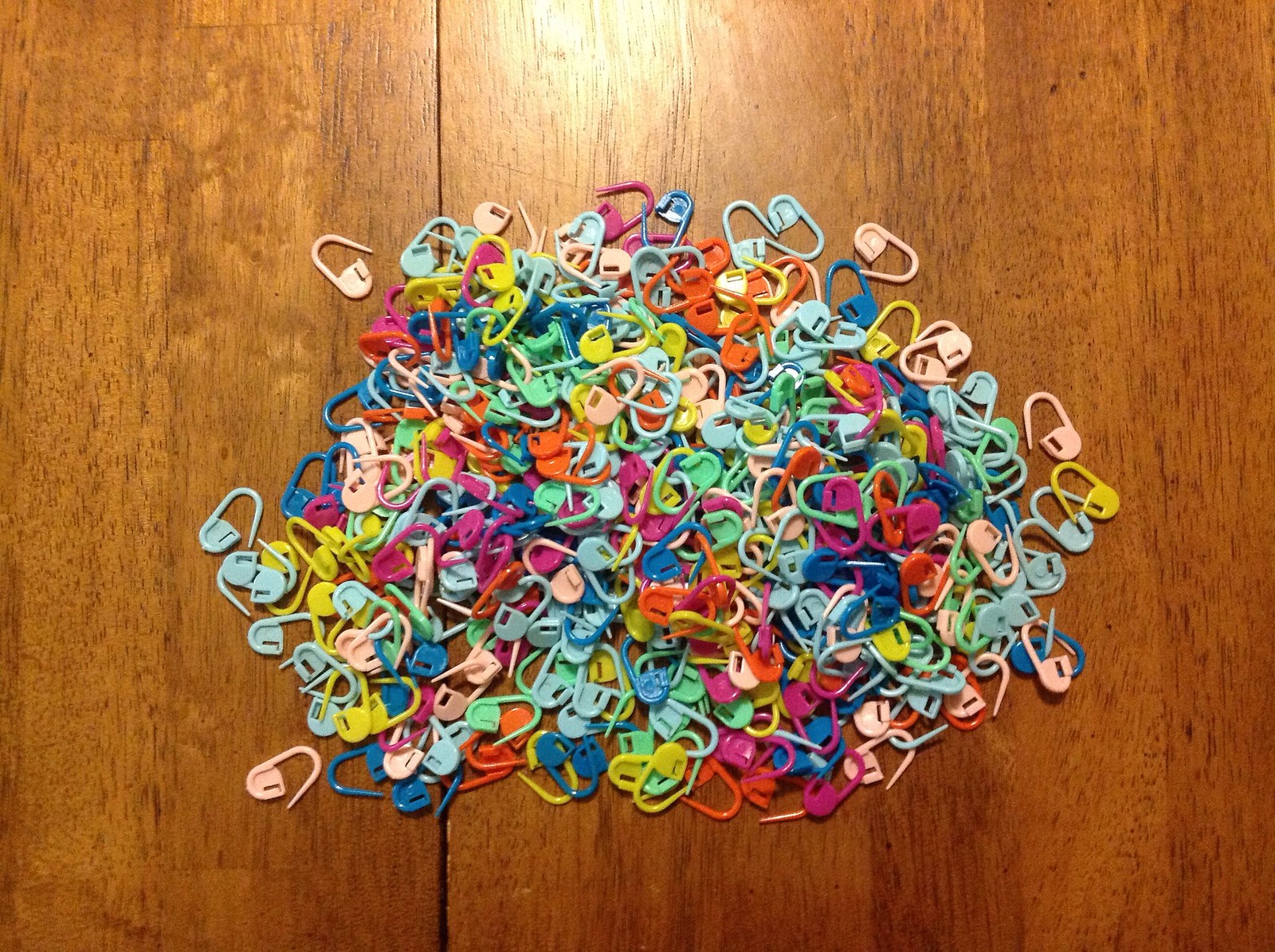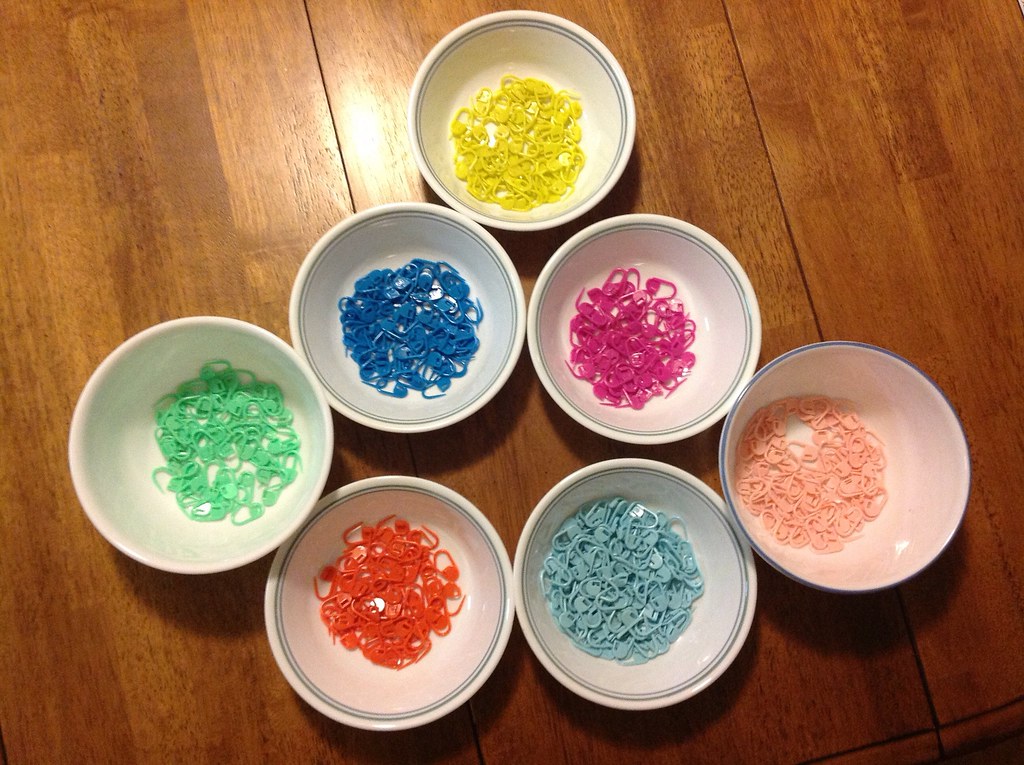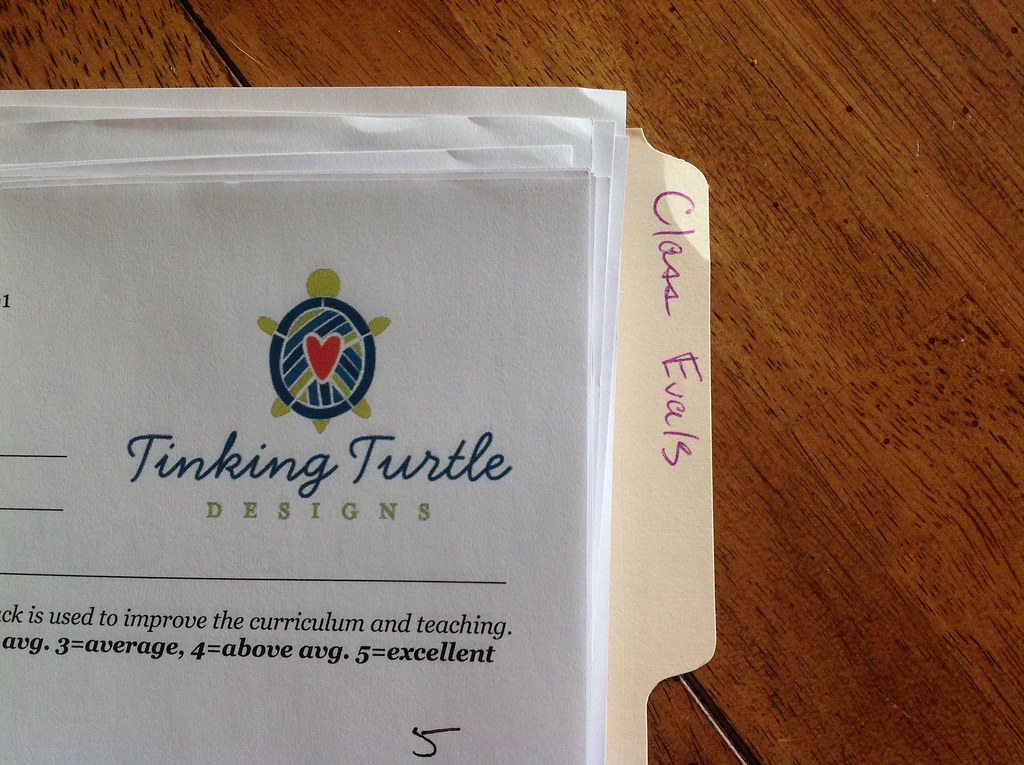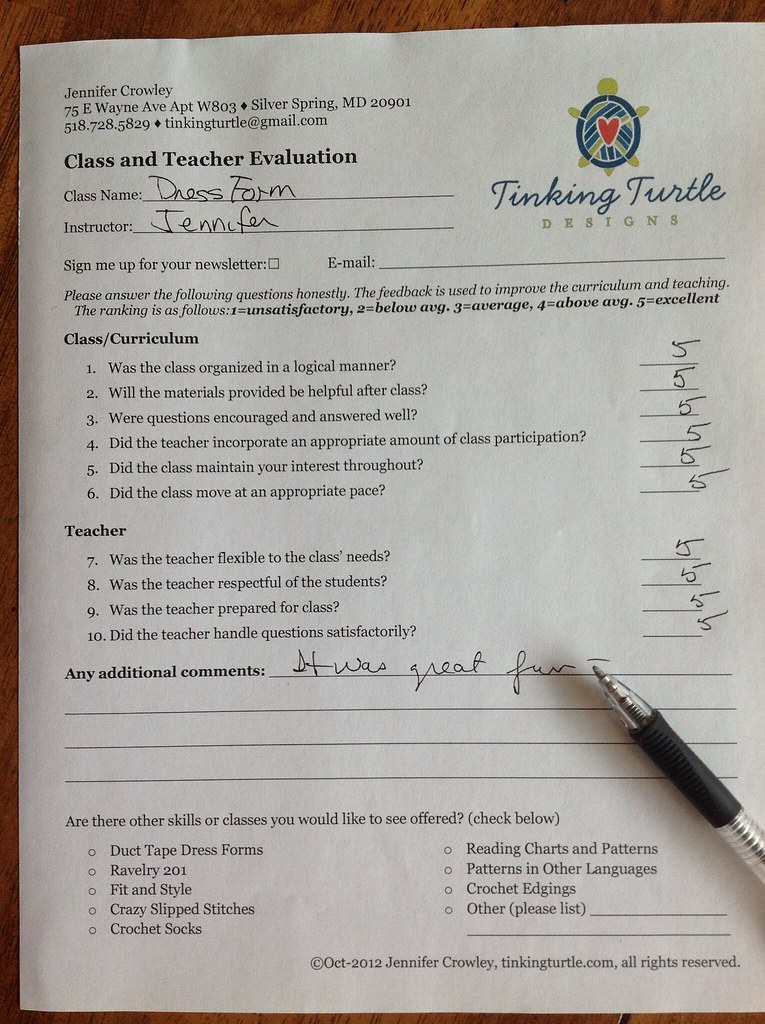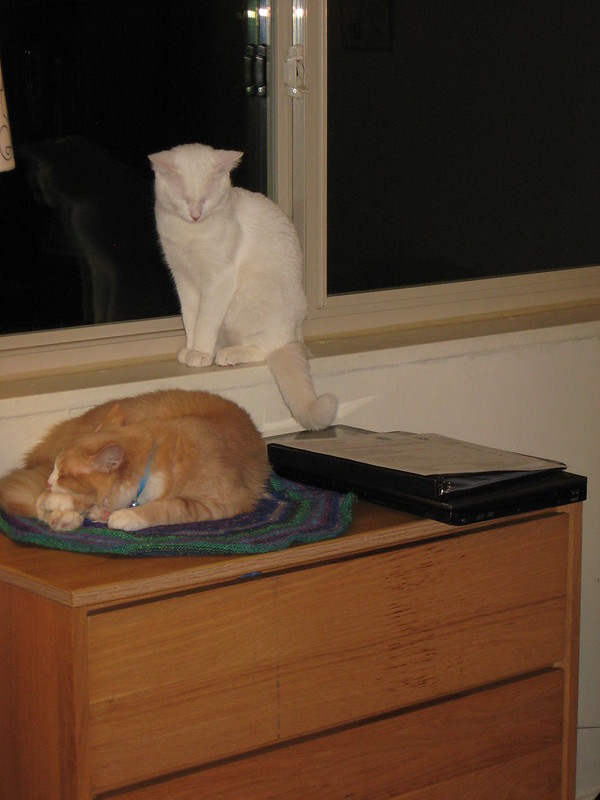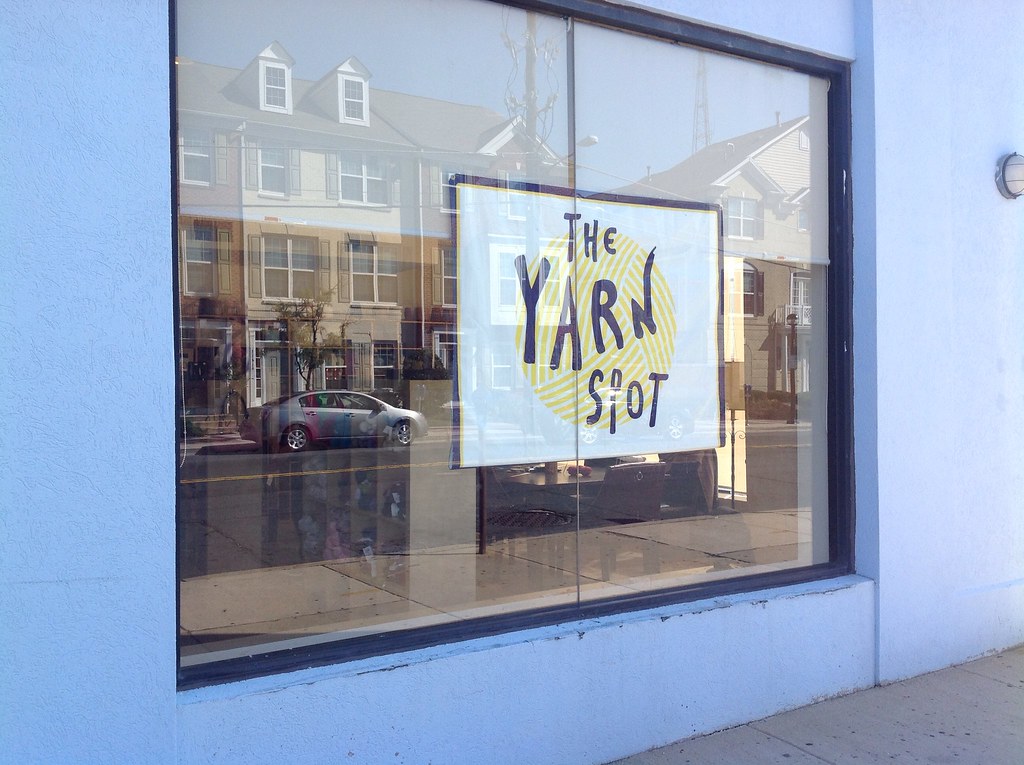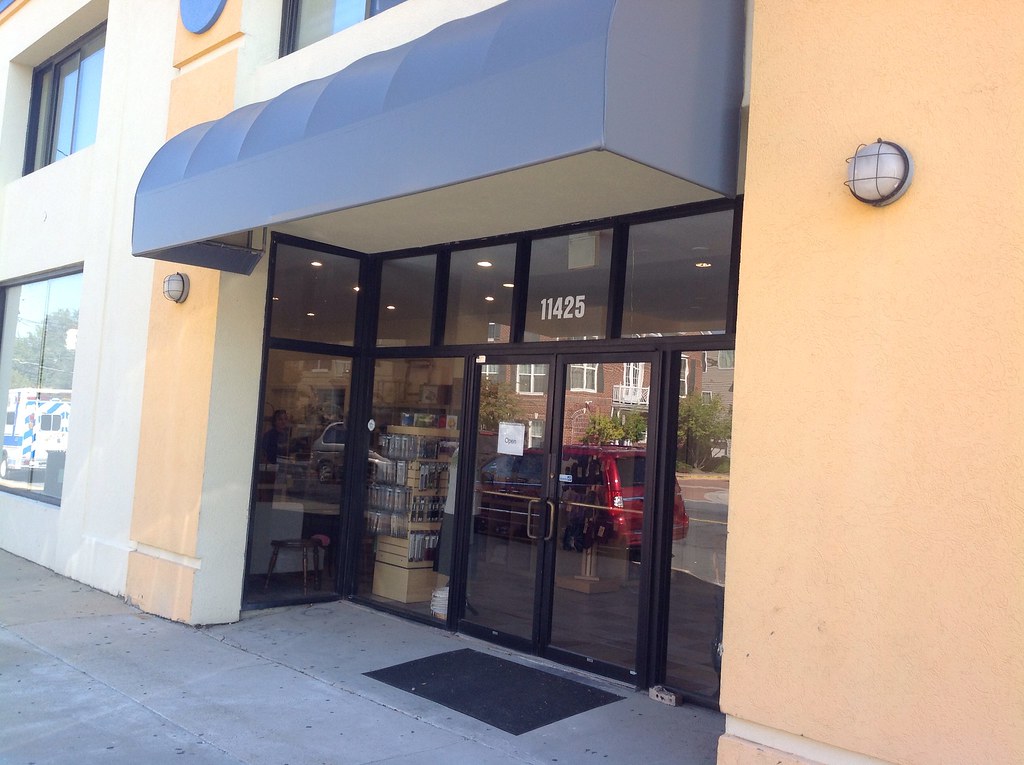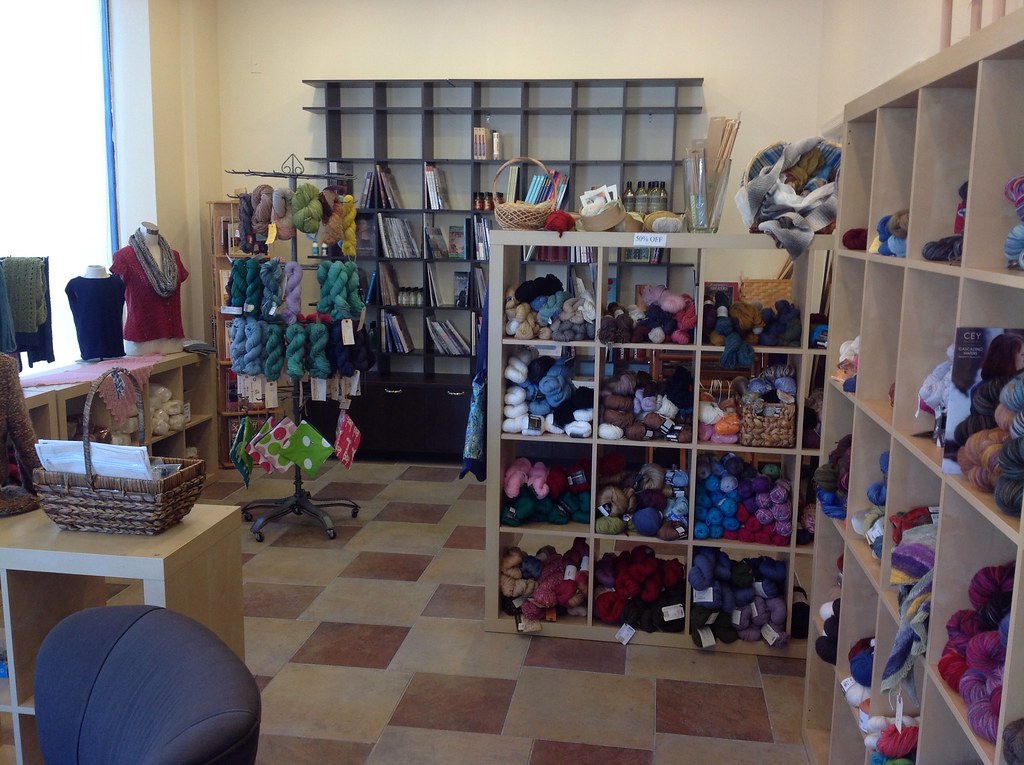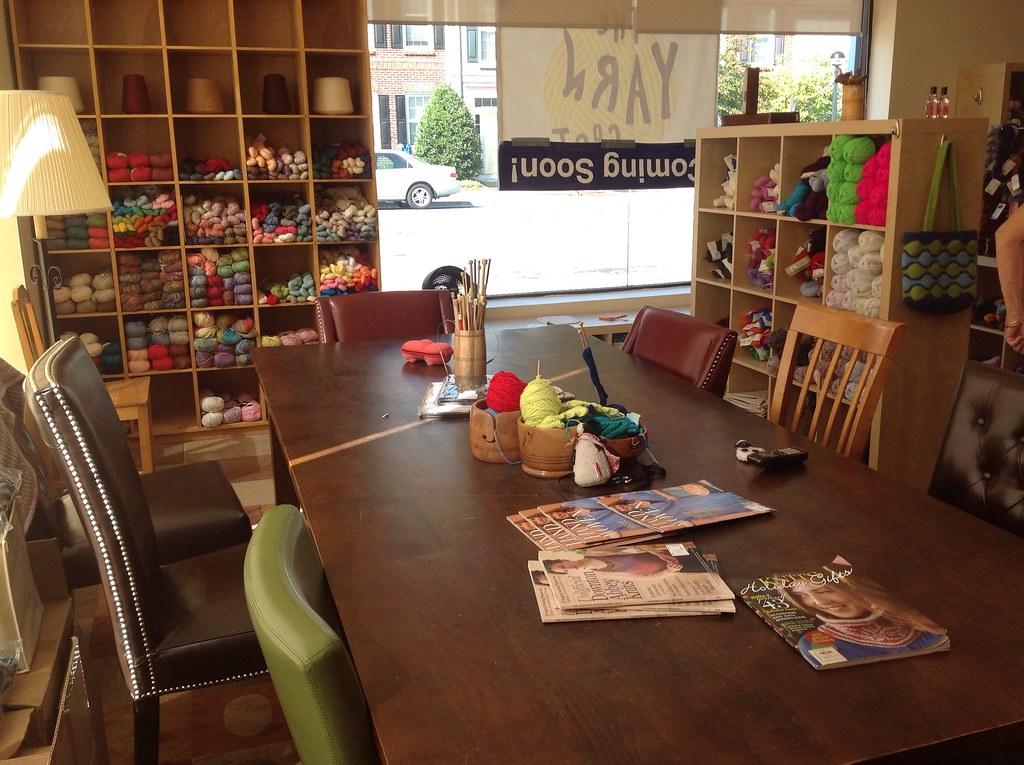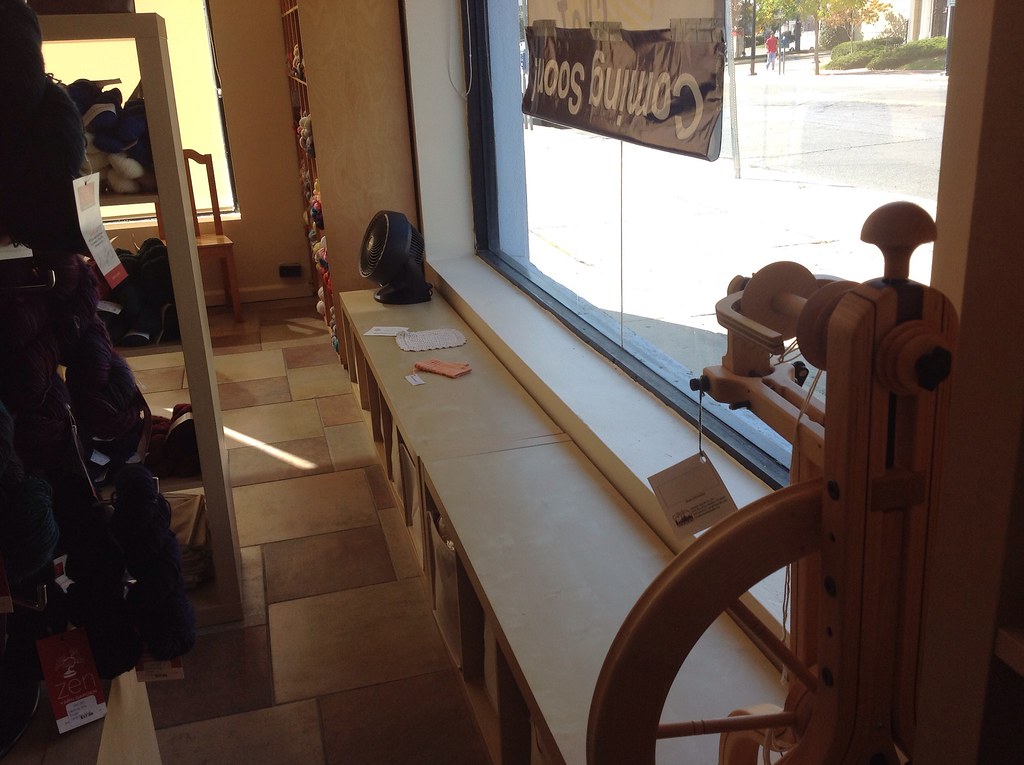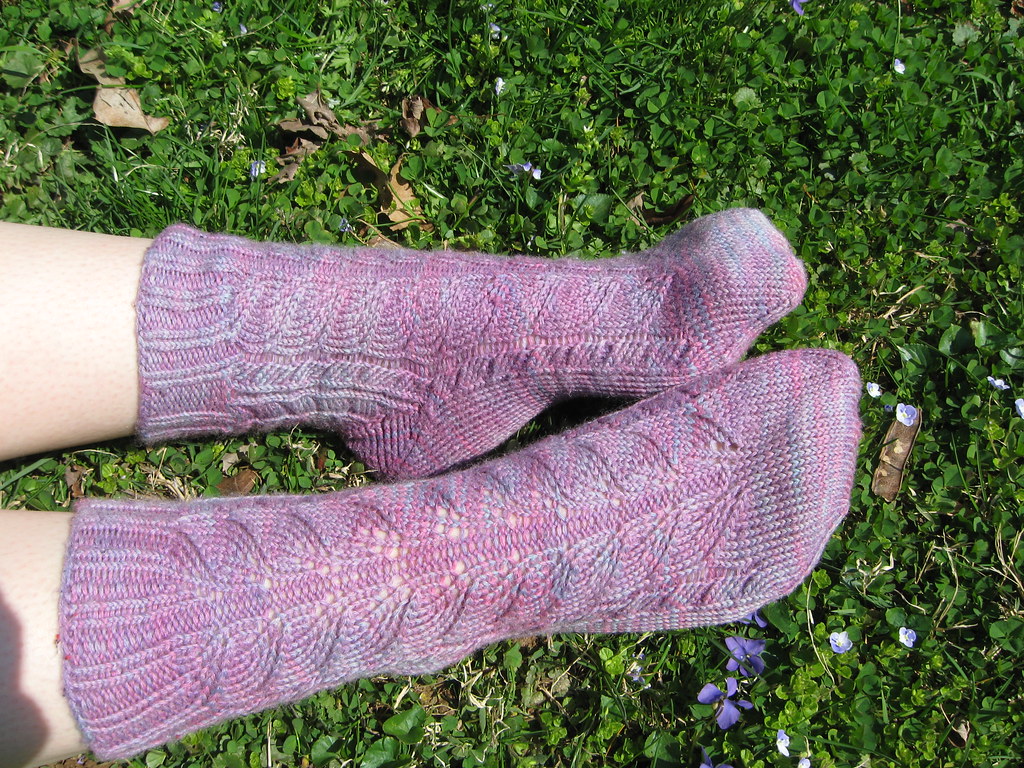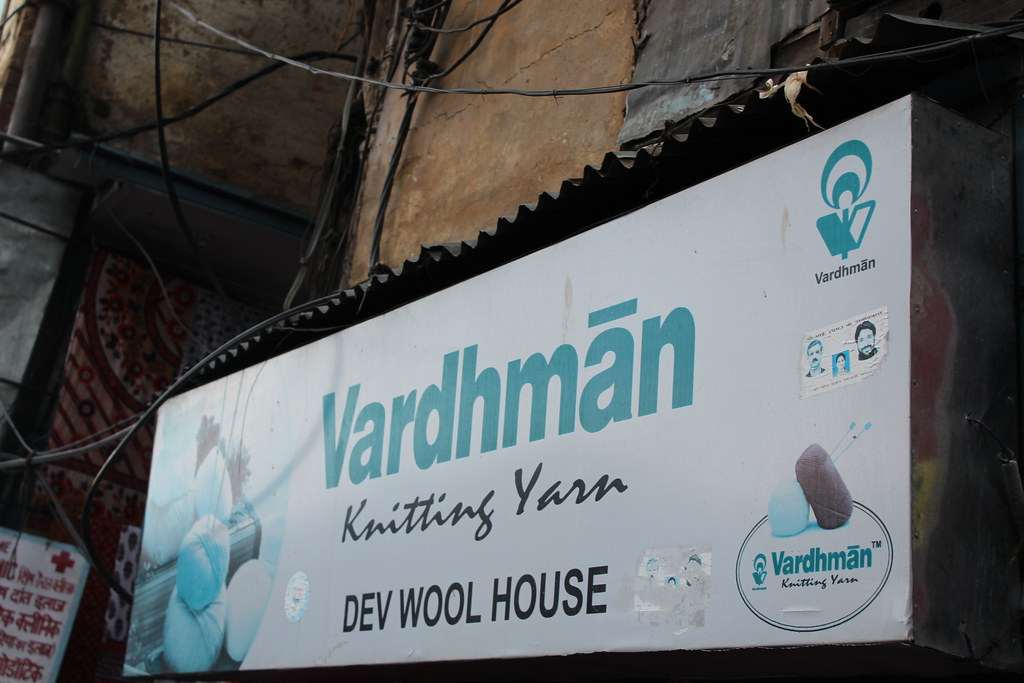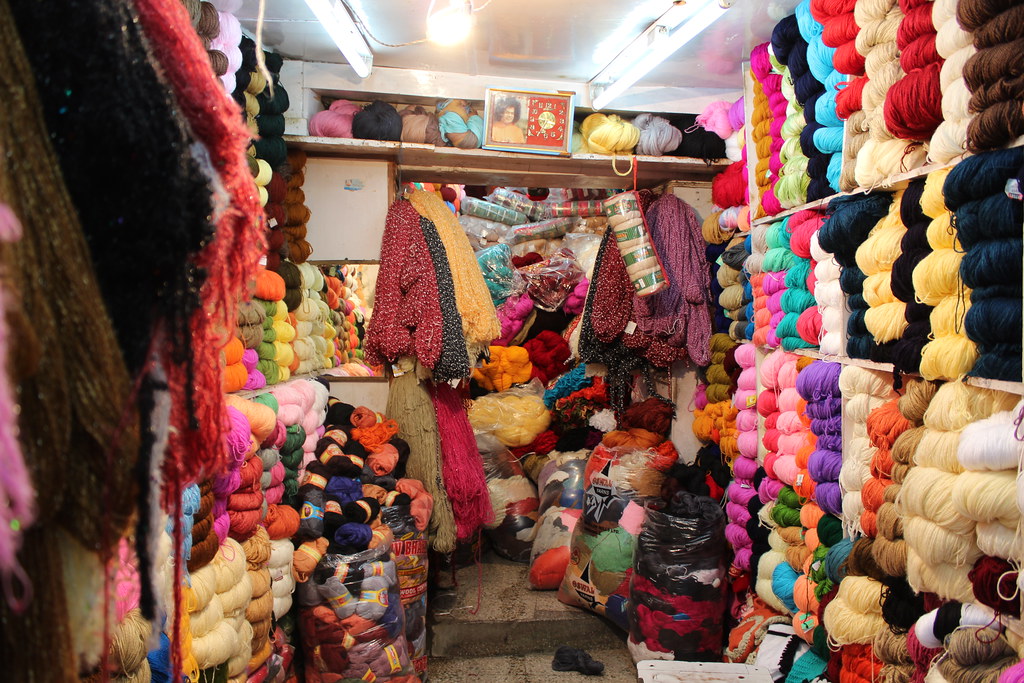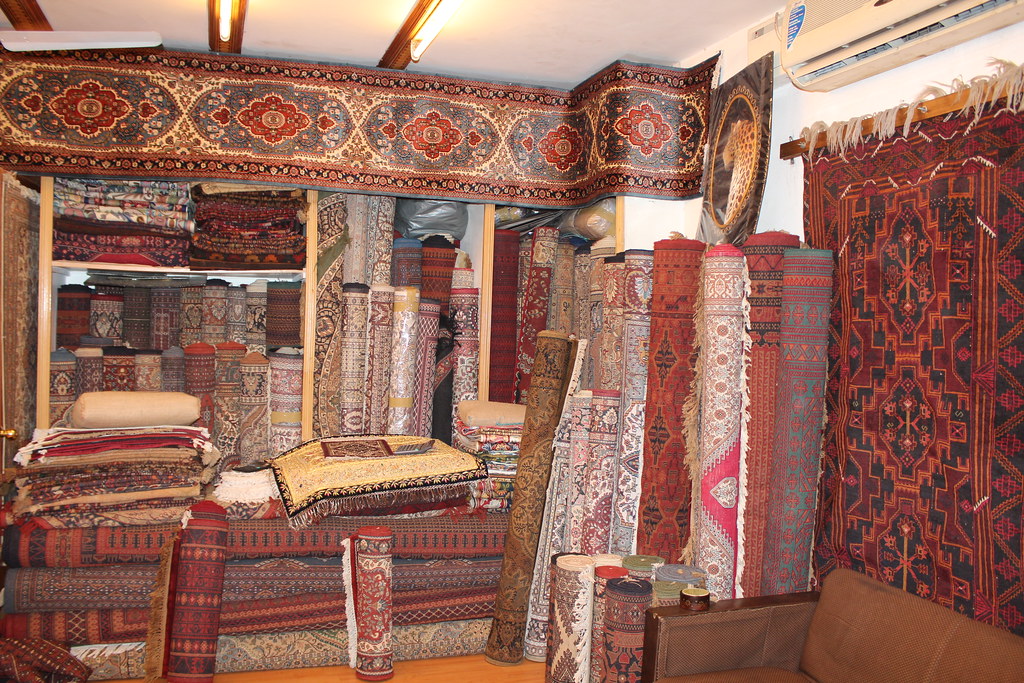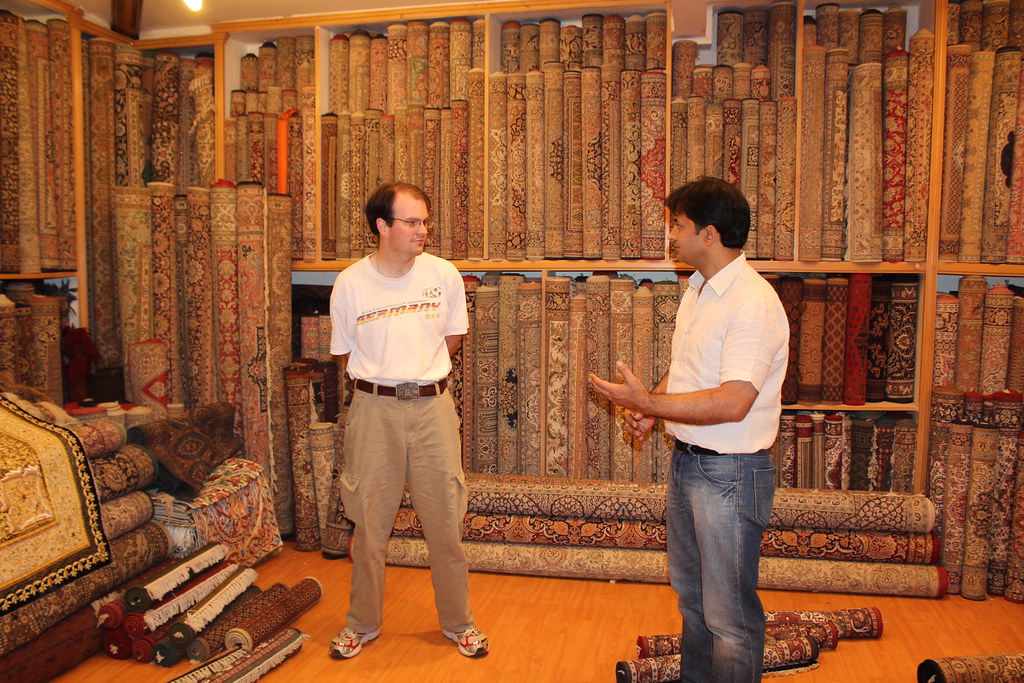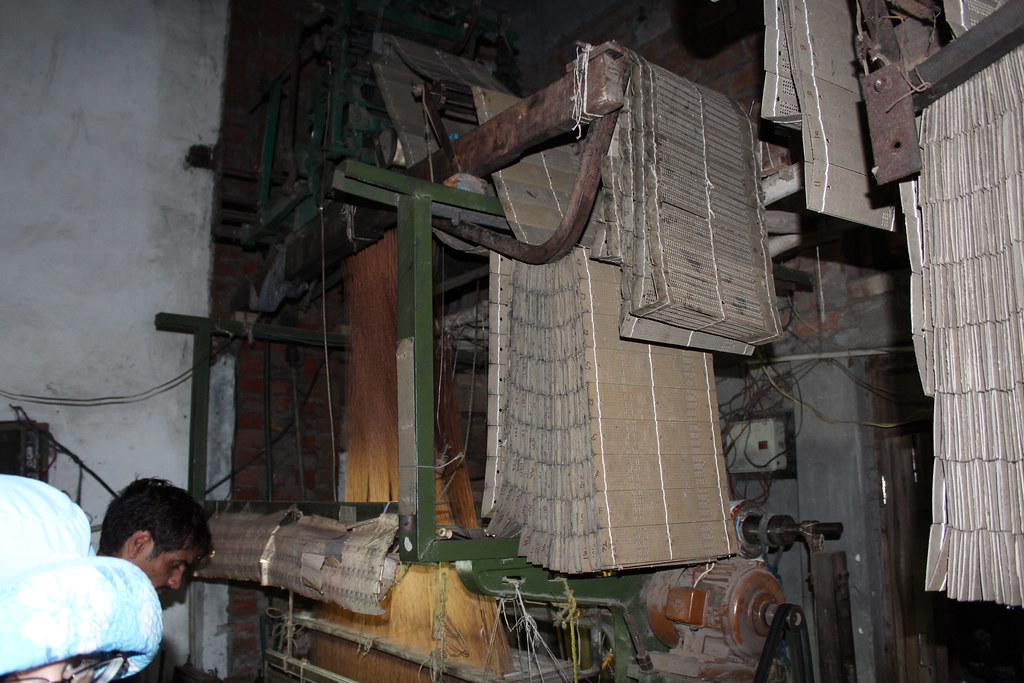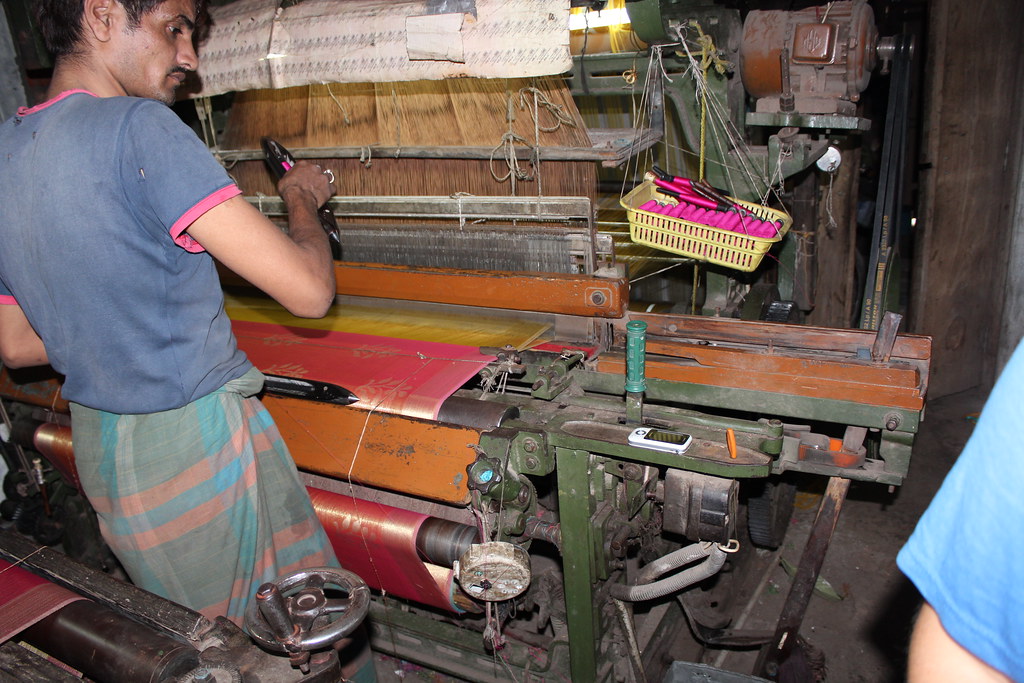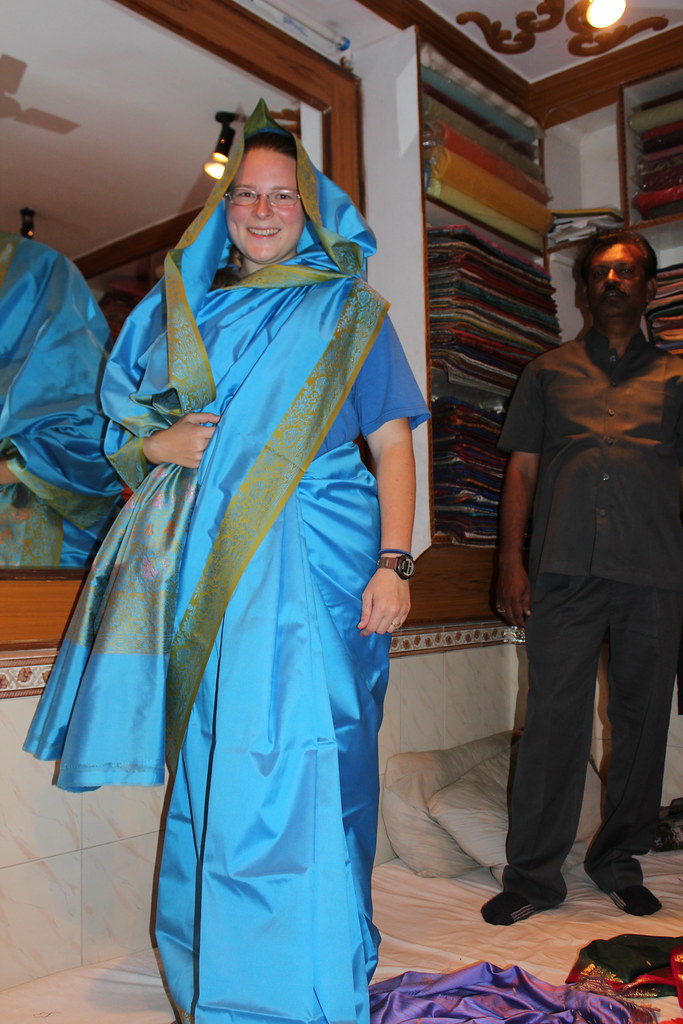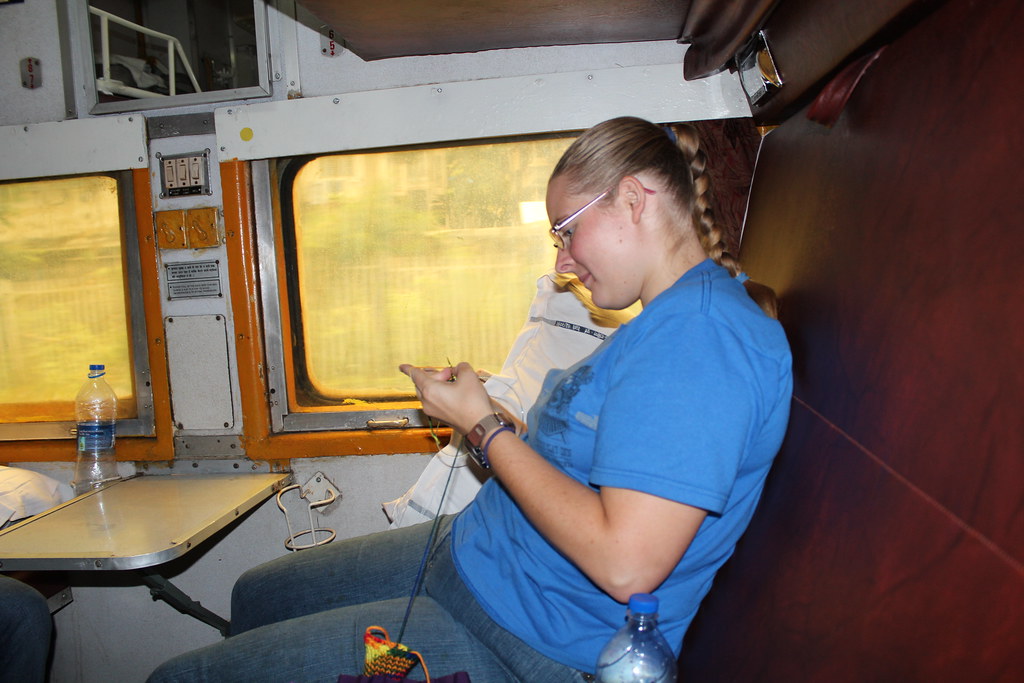I go through stitch markers like other’s go through toilet paper. In addition to simply loosing stitch markers or having the cats stealing them, I forever am finding that I give them away – to students, friends or others who might need one.
About a week and a half ago I passed by an opportunity I couldn’t miss – about 500 locking stitch markers, in rainbow colors.
Right up my alley.
They were in my mailbox when I went to pick up my mail late last evening.
Aren’t they all so pretty? I can’t wait to start using them.

